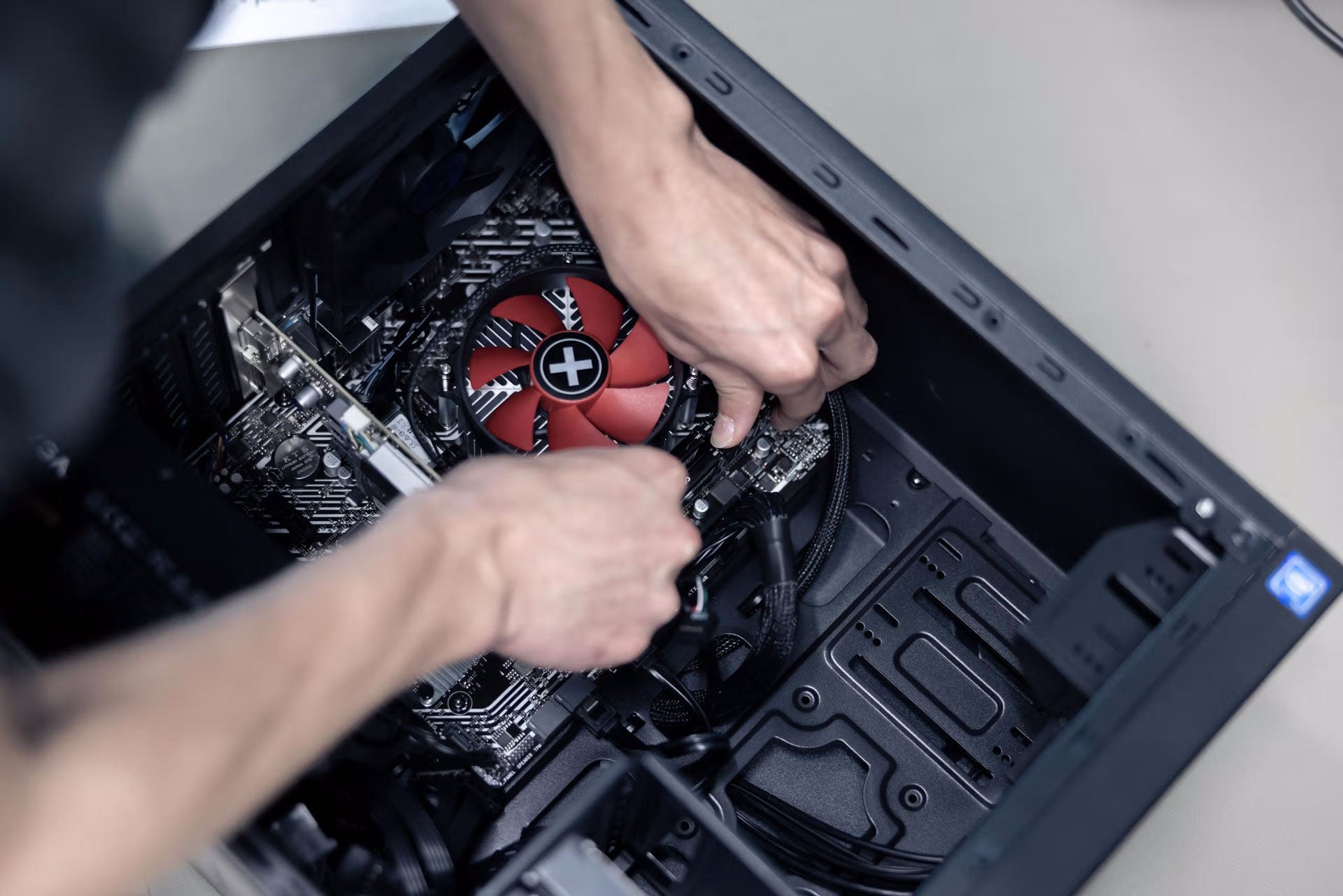Putting an End to Data Silos, and Consolidating Data
The coupling of SAP R/3 and SAP S/4HANA, as well as the consolidation of material master data and MCAD legacy data posed the greatest challenges in this project. The first one was solved with SAP standard functionality, using Application Link Enabling | ALE, which transfers data asynchronously. To achieve consistent information, it was necessary to synchronize data flows meticulously and implement technical checks without disrupting daily business.
Both tasks as well as the consolidation of data were successfully accomplished in teamwork. Therefore, the data had to be selected, checked, cleansed, and transferred to the new system from three source systems. In the new system, it was then necessary to convert the master data and to enrich the MCAD data with additional information. The ALE interface, a migration tool by SSE, as well as two tools by Cideon, Import PDM and SAP ECTR Data Enrichment, helped complete these tasks.

Seamless Integration of Engineering
As a result, all data was integrated into SAP S/4HANA. The MCAD team is now able to manage documents and materials without redundancies and link them logically. Thanks to SAP features such as DMS, Engineering Change Management, or status networks, they can create, release, and change documents with system support – including fully automated versioning and logging of document maturity and validity. Additionally, parallel editing of 3D models, drawings, etc. is prevented.
This is possible thanks to standard software which seamlessly integrates authoring tools with the PLM software from SAP: On the one hand with the integration platform SAP ECTR by DSC with included MS Office interface, on the other hand with the corresponding CAD direct interface SAP ECTR interface to SOLIDWORKS by Cideon. Implementation and customizing were covered by both DSC and Cideon.

Rule-based Securing of Critical Processes
Release and change processes at SSE have been secured with Business Rules. Thanks to a DSC add-on, this was possible without any programming effort. This ensures, for example, that MCAD documents can only be released if they meet certain requirements. For example, the release of a superordinate document automatically leads to the release of its subordinate documents. The release of an assembly is not possible until all corresponding components are released beforehand.
After the release, the predecessor version automatically becomes invalid. New versions are created based on the last valid version and they require a change number. Regarding changes, this guarantees complete version packages with consistent content, as well as data consistency across versions.
Read more about the project between Schubert System Elektronik, DSC and Cideon in the reference report:
How do you become a Cideon reference customer?
Are you currently working successfully with us on a joint project? Each of our customers is individual, has specific requirements and therefore very different solutions that are implemented. For us, every customer project is unique and should be valued just as much.
In our reference reports we focus on your company, the project highlights and your benefits.
Would you like to present your company and the joint project even more prominently? Then simply contact your responsible Cideon Account Manager and we will take care of all the further details for creating a reference report and publishing it on our website, blog and social media.








